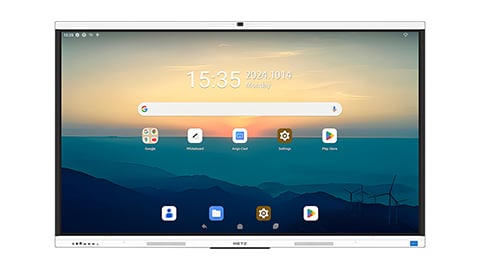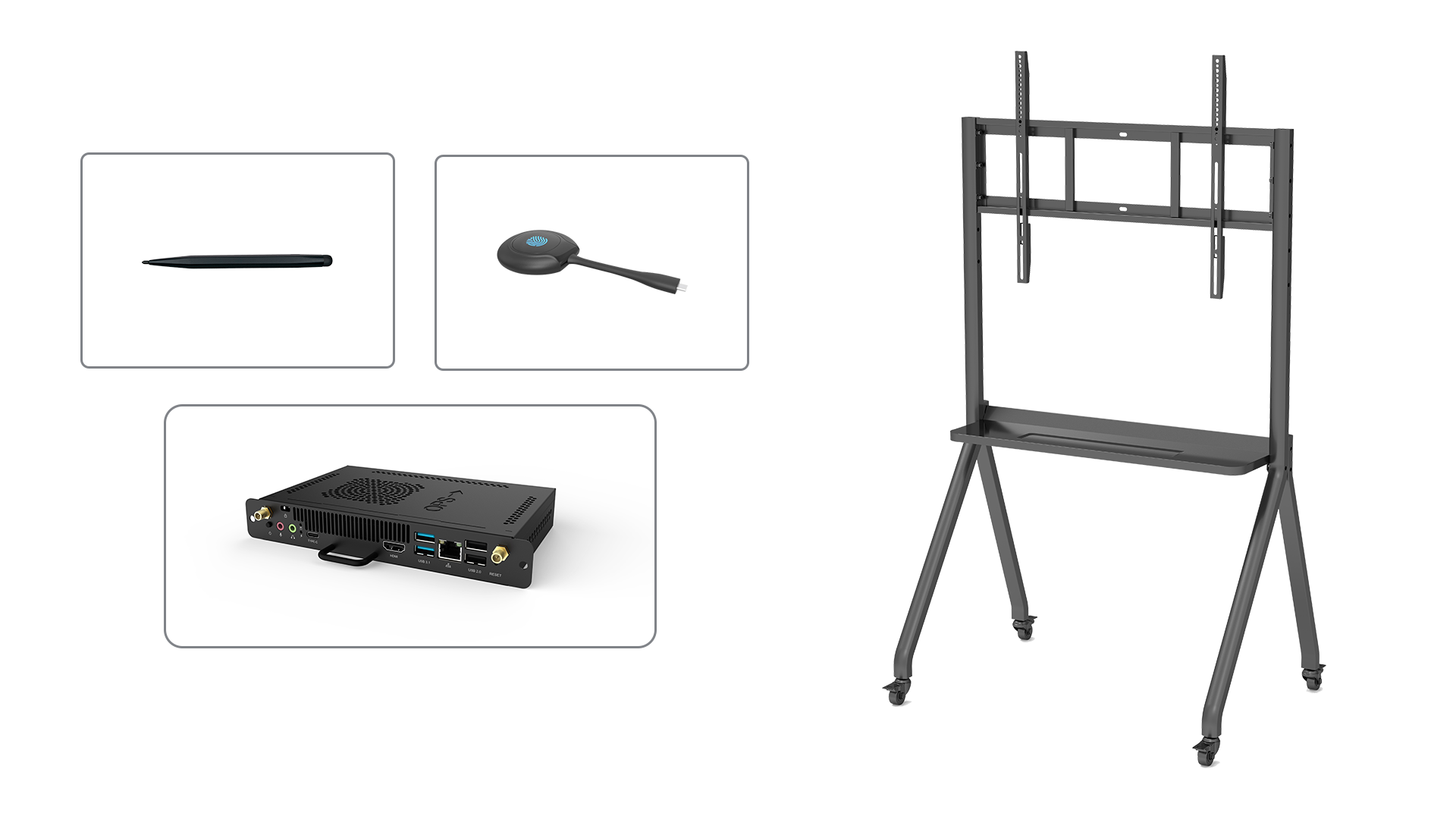
interactive displays natural human interface technologies
Interactive Displays Natural Human Interface Technologies
Interactive displays with natural human interface technologies offer an innovative and intuitive way to interact with digital content. With advanced features and a user-friendly design, these displays are revolutionizing the way we communicate, collaborate, and learn. Whether you are in a corporate setting, educational institution, or public space, these interactive displays provide a seamless and engaging experience for users of all ages and backgrounds.
Enhanced Touchscreen Functionality
One of the key features of interactive displays with natural human interface technologies is their enhanced touchscreen functionality. These displays are equipped with advanced touch sensors that accurately detect touch inputs, allowing for precise and responsive interactions. Whether you are swiping, pinching, zooming, or writing, the touchscreen technology ensures a smooth and seamless experience.
Gesture Recognition
Another impressive aspect of these interactive displays is their gesture recognition capabilities. Using advanced cameras and sensors, the displays can track and interpret hand movements, enabling users to control and manipulate digital content with gestures. This intuitive and natural way of interaction eliminates the need for physical buttons or keyboards, making the experience more immersive and effortless.
Multi-Touch Support
Interactive displays with natural human interface technologies also offer multi-touch support, allowing multiple users to interact with the display simultaneously. This feature is particularly beneficial in collaborative settings, such as classrooms or conference rooms, where multiple individuals need to engage with the content at the same time. With multi-touch support, users can work together, brainstorm ideas, and actively participate in group activities.
Virtual Whiteboarding
Virtual whiteboarding is another remarkable feature of these interactive displays. With the ability to transform the display into a digital whiteboard, users can write, draw, and annotate directly on the screen using their fingers or a stylus. This feature is particularly useful in educational settings, as teachers can explain concepts, solve problems, and engage students in a more interactive and visual manner.
Wireless Connectivity
Interactive displays with natural human interface technologies offer seamless wireless connectivity options. Users can easily connect their smartphones, tablets, or laptops to the display, allowing for instant sharing of content and presentations. This feature enhances collaboration and enables participants to contribute and share their ideas effortlessly.
Integrated Multimedia Capabilities
These interactive displays are equipped with integrated multimedia capabilities, making them ideal for delivering engaging presentations or interactive lessons. Users can seamlessly incorporate videos, images, and audio into their content, creating a dynamic and immersive learning or communication experience. With the ability to play high-quality multimedia content, these displays capture and retain the audience's attention.
Customizable Interface
The interface of these interactive displays is highly customizable, allowing users to personalize their experience based on their preferences and needs. Users can rearrange icons, create shortcuts, and customize the layout to suit their workflow. This flexibility ensures that users can work efficiently and effectively, maximizing their productivity and engagement.
Built-in Collaboration Tools
Collaboration is made easy with the built-in collaboration tools offered by these interactive displays. Users can share their screen, annotate documents in real-time, and collaborate on projects with ease. These tools facilitate effective teamwork, whether it is in a business meeting, classroom, or creative brainstorming session.
Intuitive User Interface
The user interface of these interactive displays is designed to be intuitive and user-friendly. With a simple and straightforward layout, users can navigate through menus, access features, and control the display effortlessly. This user-centric design ensures that users of all technical backgrounds can easily adapt to and make the most of the interactive display.





